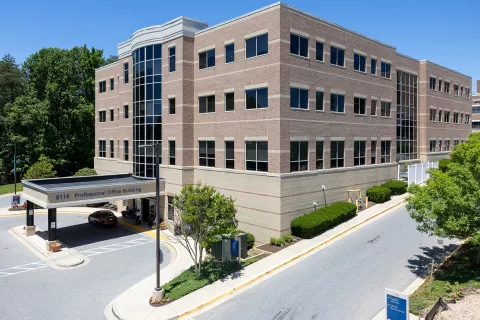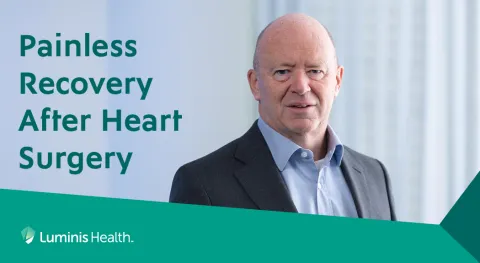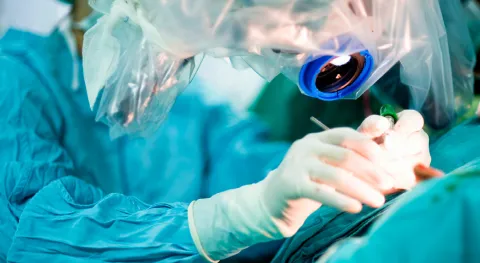Peripheral Vascular Disease Diagnosis and Treatments
Detecting and treating PVD early can help prevent complications like trouble walking, non-healing sores on your legs or feet, and limb loss. About 20% of people with PVD don't have symptoms, so it pays to have a specialist who checks for it.
PVD tests and screening
Tests and screening used to diagnose PVD include:
- Ankle-brachial index (ABI). Your doctor measures blood pressure in your ankles and compares it to blood pressure in your arm at rest or after exercise.
- Doppler ultrasound. High-frequency sound waves create pictures of how blood flows through your vessels.
- Angiography. A high-contrast dye injected into your blood vessels makes your vessels and any blockages visible on a special x-ray.
- Magnetic resonance angiography (MRA). MRA is a type of MRI test that lets your doctor see inside your blood vessels.
PVD treatments
We tailor your treatment plan to your diagnosis and individual needs. It might include surgery, medicines, or other treatments like diet and lifestyle changes, physical therapy or wound-healing therapy.
We use minimally invasive surgical treatments whenever possible, which means less pain, minor scars and a faster recovery for you. Our surgeons are highly skilled in minimally invasive procedures for PVD, including:
- Angioplasty and stenting. A surgeon inserts a thin, hollow tube into the blocked artery and creates a larger opening so more blood can flow through.
- Endarterectomy. This surgery removes plaque buildup in your arteries and restores normal blood flow.
If needed, surgeons can also use a bypass procedure to reroute blood flow using a healthy vessel from another part of your body.
Medicine can help manage your symptoms and prevent further damage to your arteries. These might include:
- Blood thinners to help your blood flow easier.
- Medicine to relax the blood vessels and make them more flexible as blood pumps through.
- Cholesterol-lowering medicines to prevent further plaque from forming.
Our vascular care team includes:
- Physical therapy. A supervised exercise program helps improve blood flow, reduces pain and helps maintain mobility you might lose with many vascular diseases.
- Wound care services. Poor circulation may cause poor wound healing. But we have dedicated health care professionals and treatments that vastly improve healing rates.






